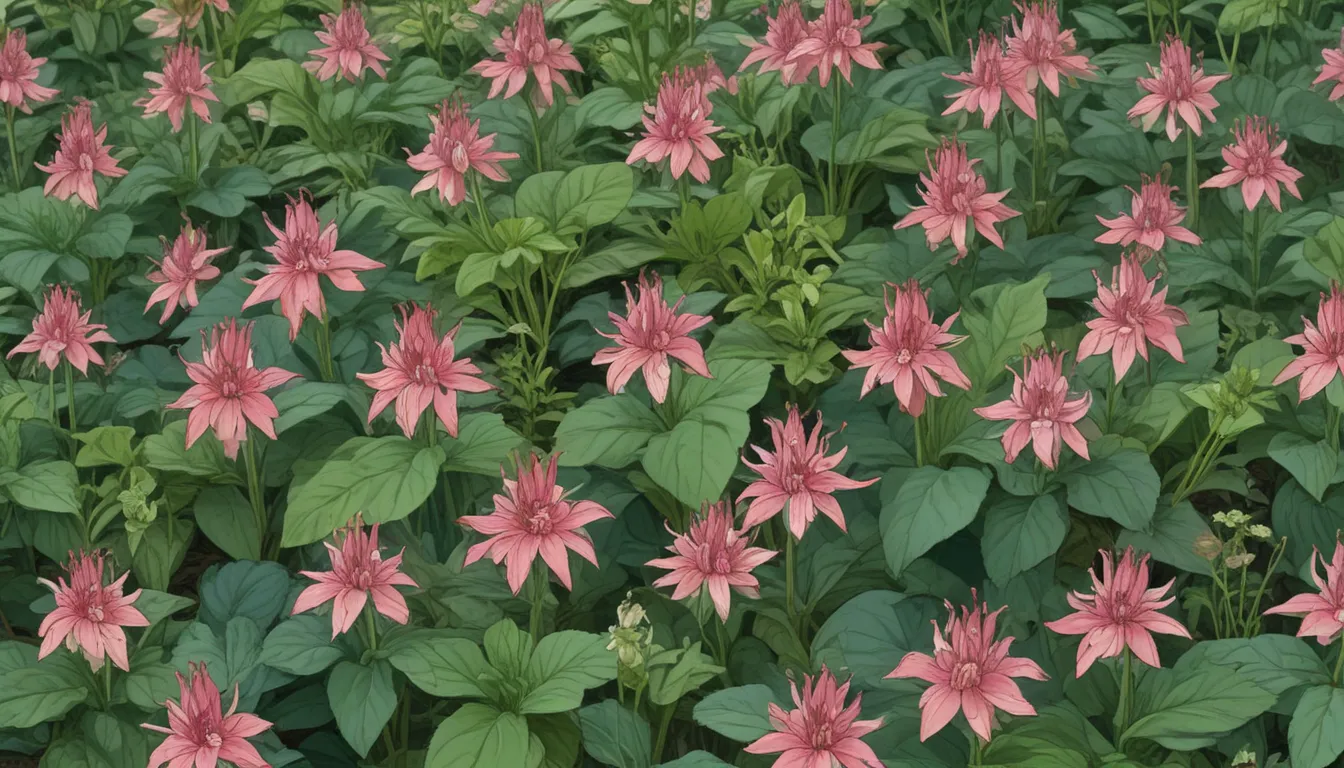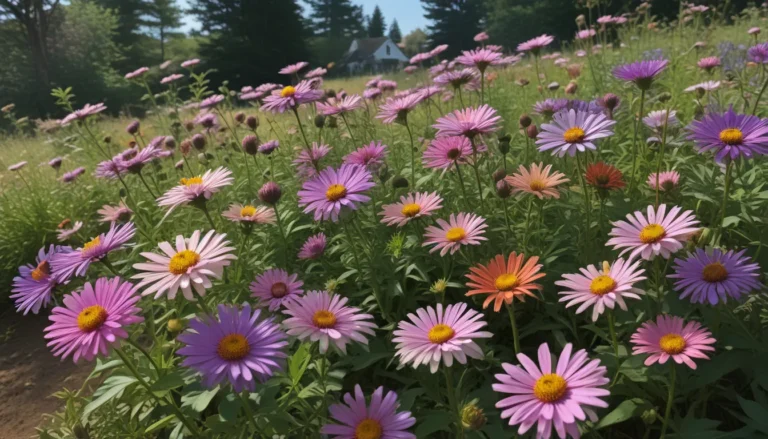The Ultimate Guide to Growing Comfrey in Your Garden

You’re always on the lookout for ways to make the most of the plants in your garden, right? If you’re like me, you want your plants to serve multiple functions beyond just looking pretty. That’s why I consider comfrey to be one of the most valuable herbs in my garden!
This herbaceous perennial, known for its large, hairy leaves and bell-shaped purple flowers, offers a wide range of benefits. From improving soil health to attracting pollinators and fertilizing other plants, comfrey is a true workhorse in the garden. Plus, it has a long history of medicinal use, making it a valuable addition to any garden.
In this comprehensive guide, we’ll dive deep into the world of comfrey. From cultivation and history to propagation, harvesting, and preserving, you’ll learn everything you need to know to grow this incredible plant with confidence.
What Is Comfrey?
Comfrey, a member of the borage family, offers more than 30 known species, with only a few cultivated for human use. S. officinale, commonly used medicinally, is native to Europe, along with S. asperrimum, known as “rough” comfrey. In American gardens, you’ll often find S. x uplandicum, also known as Russian comfrey, a hybrid of S. officinale and S. asperrimum.
With its robust growth and vibrant purple flowers, comfrey is easy to identify. Its high nutrient content, including nitrogen, phosphorus, and potassium, makes it a popular choice for permaculture and soil improvement.
Cultivation and History
Dating back to 400 BC, comfrey has a rich history of medicinal use, particularly for healing wounds and broken bones. While comfrey has faced concerns about potential carcinogenic effects from internal consumption, its benefits for the garden are unquestionable.
In the 1950s, researcher Henry Doubleday promoted comfrey as a food and forage crop, leading to the development of the sterile strain ‘Bocking 14’ or Quaker comfrey. Today, comfrey remains a valuable plant for building soil, supporting plant growth, and attracting pollinators.
Propagation
Comfrey is easily propagated from cuttings or division, with popular sterile species like S. x uplandicum requiring these methods. By crown division or root cuttings, you can establish a robust comfrey patch in your garden.
From root cuttings to seed propagation, there are various methods to propagate comfrey based on your preferences and garden needs.
How to Grow
Comfrey is a low-maintenance plant that thrives in various conditions, from full sun to partial shade. With minimal watering needs and resistance to pests and diseases, comfrey is an ideal choice for gardeners looking for a hassle-free plant.
By planting in well-draining soil and providing adequate space for growth, you can enjoy a thriving comfrey patch with minimal effort.
Harvesting and Preserving
When it comes to harvesting comfrey, patience is key. Wait until the second season to harvest leaves for optimal plant health. From making comfrey tea to creating salves and herbal remedies, there are numerous ways to use comfrey leaves and roots to their full potential.
By drying and storing comfrey leaves and roots properly, you can preserve their nutrient content for future use. Whether you’re making a nutrient-rich mulch or a healing salve, comfrey offers endless possibilities for gardeners and herbal enthusiasts.
Conclusion
Comfrey is a versatile herb that offers a wide range of benefits for the garden and beyond. With its rich history, easy cultivation, and numerous uses, comfrey is a must-have addition to any garden.
Whether you’re looking to improve soil health, attract pollinators, or create herbal remedies, comfrey has something to offer every gardener. By following the tips and techniques outlined in this guide, you can grow comfrey successfully and reap its many rewards.
So, how will you use comfrey in your garden? Share your thoughts and experiences in the comments below and join the conversation on the incredible world of comfrey!





